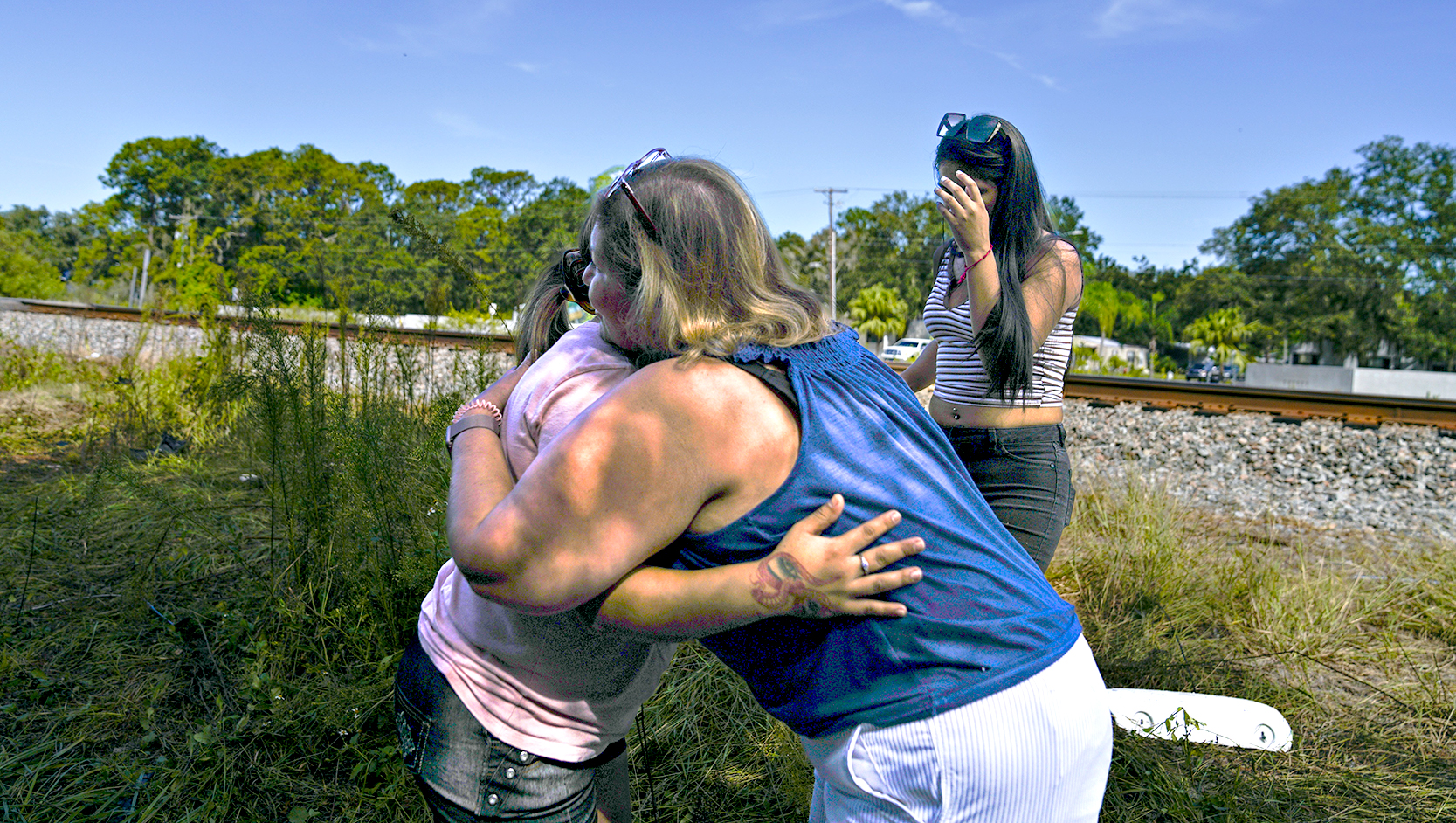South Georgia towns: What’s in a name?
Published 10:00 am Sunday, July 23, 2017
PART II
Several town names and origins are linked to trains but not all of them.
Take Puddleville, for example.
In the late 1800s, residents of the Cook County town had an opportunity to rename it and they took it. Puddleville may have sounded fine when the town started, but moving toward the 20th century, Puddleville just wouldn’t do.
Imagine today if some of those Interstate 75 billboards invited people to stop and shop in Puddleville?
Puddlevillians decided to change the town’s name in 1889. They wanted a unique name and they labored hard upon their decision.
The town adopted Adel.
Where did they find the unique name? They found it in Philadelphia.
They took the new name from the middle four letters of the Pennsylvania city’s name Phil-ADEL-phia. Strange, yet true, according to the town’s history.
There is the one-time Lanier County town of Milltown.
In 1925, the town decided to lose its nomenclature’s industrial connection and emphasize the region’s natural abundance of lakes.
Milltown became Lakeland.
Hamilton County’s Jasper, Fla., also started with a different name. Originally, the town was called Wallburg, for a man who became instrumental in the development of Tampa, Fla.
By 1838, residents sought a new name. They picked Jasper for Sgt. William Jasper, a South Carolina Revolutionary War hero.
Lowndes County’s Clyattville is named for James M. Clyatt and his family, early settlers of the region. Lowndes’ Dasher is named for O.P. Dasher, an early settler there.
Some folks, however, didn’t like the idea of a town being named for them.
Lawrence A. Wisenbaker is considered the founder of one Lowndes County town. When it was suggested the town be named Wisenbaker or Lawrence, he said no.
Wisenbaker did, however, approve of the name Lake Park, which had been suggested by a Savannah resident.
County names come mostly from historic figures.
Hamilton County, Fla., for example, is named for Alexander Hamilton, an American Founding Father, famously killed in a duel with Vice President Aaron Burr. Hamilton was the country’s first treasurer and is best known to modern folks as the man whose face is on the $10 bill and star of the Broadway musical.
Lowndes County is named for William Jones Lowndes, a South Carolina leader during and after the Revolutionary War. He was a mild-mannered scholar who reportedly turned down a presidential bid during the days when President James Monroe was re-elected unopposed to his second term.
Clinch County is named for Gen. Duncan L. Clinch.
Berrien County is named for John M. Berrien.
Brooks County is named for Preston L. Brooks.
Echols County is named for Robert M. Echols.
Still other origins are steeped in legend, according to various histories and lore.
Enigma in Berrien County is a riddle of a name, but its origin is as simple as a short parable. An enigma is defined as something puzzling or inexplicable, a riddle. Years ago, residents were searching for a community name.
Supposedly, they went round and round, with nobody being satisfied with any of the suggestions. Finally, residents asked one man if he had any ideas.
Quiet throughout the discussion, the man reportedly drawled, “It’s an enigma to me.”
The name Enigma stuck, according to legend.
For the Cook County town Lenox, a funny tale has two men sitting along the street watching the day pass by. Upon seeing a particularly skinny beast of burden, one man reportedly noted, “That’s a mighty lean ox.”
Lenox, according to legend, took its name from that lean ox. True or not, the town often celebrates with a festival called Lean Ox Days.
Lee, Fla., is reportedly named to honor Confederate Gen. Robert E. Lee. Lore has it that Gen. Lee briefly visited Lee, Fla., following the Civil War, but this legend does have its detractors.
In the case of one Lowndes County town, the name is reportedly biblical.
Hahira is reportedly derivative of a place where the Israelites camped during the Exodus. The biblical Exodus chapter 14 verse 2 refers to the site as “Pi-Hahiroth between Migdol and the Red Sea, opposite Baal Zephon. Verse 9 relates the Egyptians overtook them camping by the sea beside Pi-Hahiroth before Baal Zephon,” according to the Hahira website.
Berry Folsom, an early Hahira advocate, reportedly created the name of Hahira.
And there are always tales of rivalries leading to a town’s name.
Reportedly, the Brooks County town of Pavo acquired its name from one such rivalry.
Two families vied to name the town. Each group wanted the town named for its respective family.
The Peacock family moved first to end the debate of naming the town after a family. The Peacock family suggested Pavo and the other family agreed to the compromise.
The town became Pavo and then the Peacock family revealed that “pavo” is Latin for peacock.
The first part of this story was published in the July 16 edition of The Valdosta Daily Times.





